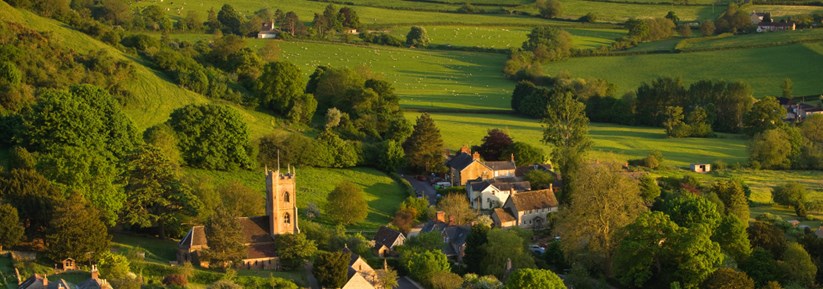A Guide to Tree Preservation Orders (TPOs)

Tree Preservation Orders or TPOs regulate work carried out on protected trees and help to prevent damage to them.
When it comes to maintaining trees on or around your property, it’s important to know what you are legally responsible for and what actions require proper permits. Here is our quick guide to Tree Preservation Orders or TPOs.
What is a Tree Preservation Order?
Trees in specific areas or with a particular significance may be protected by a Tree Preservation Order. These prohibit any form of wilful damage, including cutting down, uprooting, topping or lopping of protected trees without written consent from local authorities. Generally, consent for any of these actions will be subject to specific conditions.
TPOs can protect individual trees, any trees in a given area, groups of trees or whole woodlands. They can be applied to trees of any size or species; in laymen’s terms, anything that may ordinarily be termed a tree.
In woodlands, the order will protect trees and saplings of any size in the specified area, including those planted or grown after the order was issued. The purpose in this instance is to preserve the woodland as a whole, which generally requires some form of regeneration.
What are the responsibilities of the owners of protected trees?
Just like the owners of unprotected trees, those who own a protected tree will be responsible for maintaining it, although there are currently no statutory guidelines for the standard of care required. If you are purchasing a property that contains one or more protected trees, it is best to contact your local authority for advice. It may also be able to recommend local contractors or consultants who can carry out regular health inspections and offer additional arboricultural advice.
Local authorities will typically encourage good tree management, but they cannot require maintenance solely on the basis that a tree is protected. The history of care given to a protected tree can be taken into consideration when determining applications for consent to carry out any prohibited works on the tree.
Who makes TPOs?
TPOs are made by local authorities. They can either initiate the order themselves or do so in response to a request made by a third party. The key criterion set out in the Town and Country Planning Act 1990 is that it must appear to the planning authority that “it is expedient in the interests of amenity to make provision for the preservation of trees or woodlands in their area”.
There is no legal definition for “amenity”, so it is down to the discretion of the local authorities as to when TPOs should be issued. Generally, the authority needs to be able to show that the TPO would have some public benefit.
County councils can also make TPOs, but are subject to restrictions in areas where there is both a district planning authority and a country planning authority.
Landscaping
If you are planning to do any landscaping on your property, you should always check with local authorities first. Trees, whether individually or in groups, often play an important role in shaping landscapes. You need to ensure that your plans will not have a negative impact on any existing, protected trees, both in the short and the long term. For instance, planting new trees in close proximity to protected ones can affect the amount of nutrients and sunlight available to them.